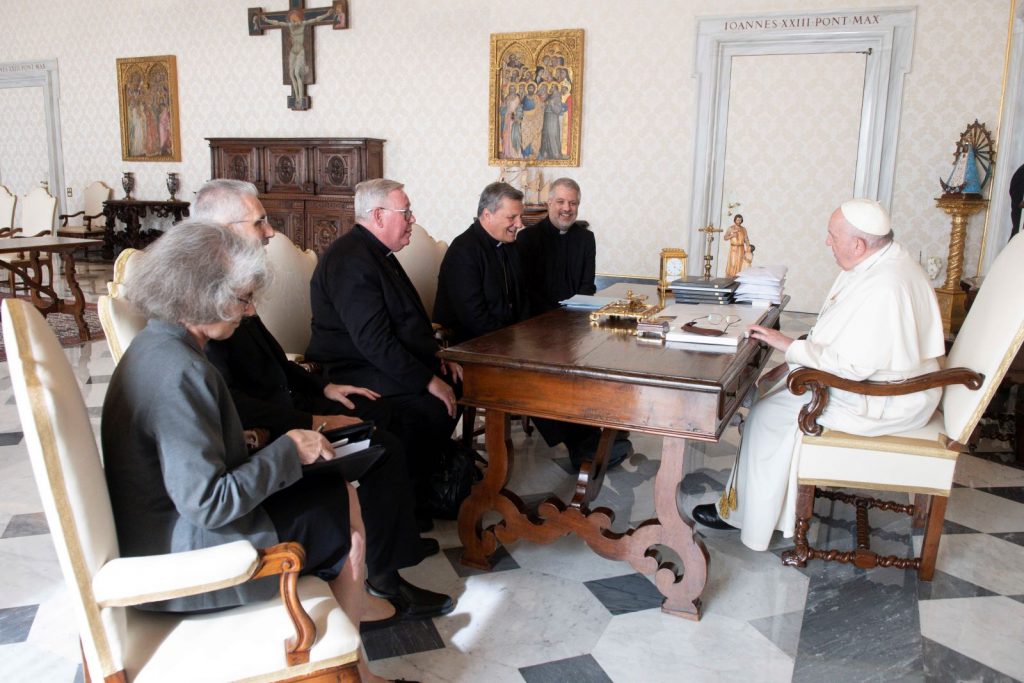Recently, without intending to, I found myself reading at the same time the latest document from the Vatican’s Synod office and “The Diary of a Country Priest” by Georges Bernanos. The juxtaposition of these two wildly different texts set me pondering.
The synod document is a typical product of bureaucracy — wordy and jargon-ridden, that is. The 1936 Bernanos novel is a minor classic and a landmark of religious fiction. (I also highly recommend the film version directed by Robert Bresson.) Comparing the Synod document with the book from a literary perspective would be like comparing the artwork on a box of dry cereal with the Mona Lisa.
That said, however, a comparison is not only possible but significantly illuminating in one area — the vision of the Church presented by each.
Before I go further, fairness requires that I say a cautionary word about “The Diary of a Country Priest.” This book is no bit of literary fluff fit only to fill a couple of hours while waiting for the next football game to start. It’s the story of a young priest dying of undiagnosed stomach cancer while struggling to cope with the inertia and ill will of people in a dreary French village. Frequently disturbing, its message of faith and hope only emerges at the end in the dying priest’s last words: “Does it matter? Everything is grace.”
As Bernanos sees it, the Church is essentially, irrevocably linked to sin, suffering, redemption, and joy. A tough old priest who has stayed faithful through thick and thin puts it like this: “I’m bringing you joy. I’ll give it to you for nothing, you have only to ask. Joy is in the gift of the Church, whatever joy is possible for this sad world to share. Whatever you did against the Church has been done against joy.”
The document from the Synod office describes the current “continental” phase of this project — which, as time passes, more and more resembles an intricate contraption clanking and wheezing to produce ever more meetings and more words. In the weeks ahead, representatives of the world’s hierarchies and invited guests will join in continental groupings leading to still more meetings and words. A synod of bishops convening in Rome next October, and again by order of Pope Francis in October of 2024, will meet and … talk some more.
So how does the Synod office view the synodal Church? Like this: “The message of our synodal way is simple: we are learning to walk together, and sit together to break the one bread, in such a way that each is able to find their place. Everyone is called to take part in this journey, no one is excluded. To this we feel called so that we can credibly proclaim the Gospel of Jesus to all people.”
I’m glad proclaiming the Gospel gets a mention, but the Synod office’s formulation could be read as implying that no one proclaimed the Gospel until the synod came along.
Summarizing input from diocesan consultations as reported by national bishops’ conferences, the document notes calls for such “progressive” favorites as married priests, women priests, a permissive view of non-marital sex, and blessings for same-sex couples.
So far I’ve been mildly hopeful for the synod, but now I’m having doubts: Will this be simply an officially sanctioned sounding board echoing calls for the Church to join the sexual revolution? There’s still time to save the synod and make it something worthwhile. For now, though, I’ll stick with the Church as Georges Bernanos presents it.

